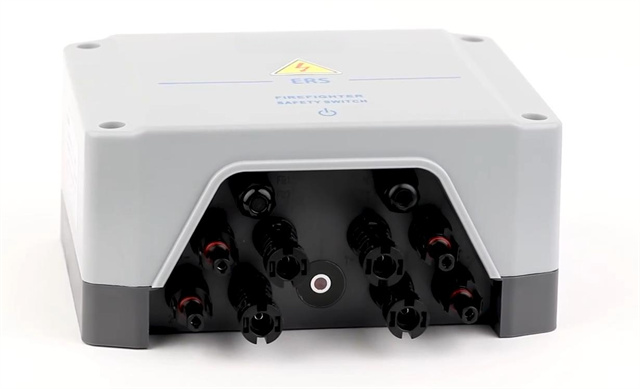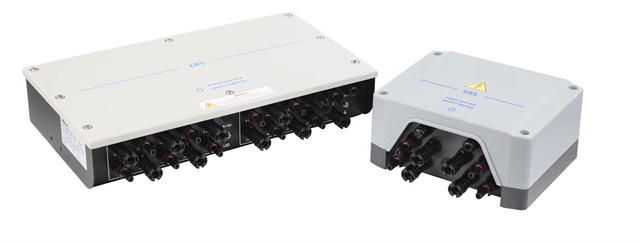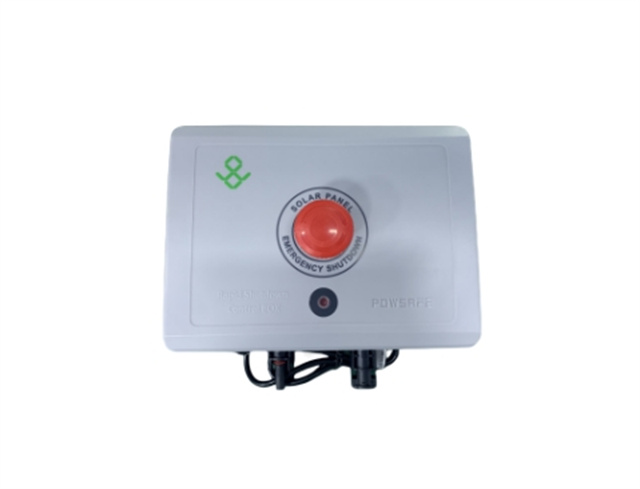Author:BLD Solar Energy SystemFROM:Solar System Converter Manufacturer TIME:2023-09-12
Solar rapid shutdown code devices play a crucial role in the photovoltaic (PV) industry. They ensure the safety of personnel and first responders during emergencies by rapidly de-energizing the PV systems. These devices are equipped with advanced technical features that enable reliable and efficient operation. In this article, we will explore the technical features of solar rapid shutdown code devices.

One of the key technical features of solar rapid shutdown code devices is their ability to integrate with communication systems. These devices can communicate with the main control panel, enabling real-time monitoring and control of the PV system. Through wireless or wired connections, the devices provide essential information such as system status, fault detection, and diagnostic data. This integrated communication feature facilitates remote troubleshooting, reduces maintenance costs, and enhances overall system performance.

Solar rapid shutdown code devices are equipped with advanced fault detection and diagnostic capabilities. They continuously monitor the PV system for any abnormalities, such as ground faults, line faults, or other malfunctioning components. In the event of a fault, these devices quickly detect and isolate the affected part of the system to ensure the safety of personnel and prevent further damage. Moreover, they provide detailed diagnostic information, allowing operators to identify the root cause of the fault and take appropriate corrective actions promptly.

The rapid shutdown mechanism is the core technical feature of solar rapid shutdown code devices. It enables the devices to quickly de-energize the PV system during emergencies or maintenance activities. These devices employ various techniques such as rapid disconnect switches, arc fault circuit interrupters (AFCIs), or power line communication-based solutions to achieve rapid shutdown. The mechanism ensures that the PV system complies with safety regulations and minimizes the risk of electrical hazards for personnel and first responders.
In conclusion, solar rapid shutdown code devices in the PV industry possess advanced technical features that ensure the safety and efficient operation of the systems. Their integrated communication capabilities enable real-time monitoring and control, enhancing system performance and reducing maintenance costs. The fault detection and diagnostic capabilities help identify and address issues promptly, minimizing system downtime. Finally, the rapid shutdown mechanism ensures compliance with safety regulations and protects personnel and first responders during emergencies. The continuous advancement of these technical features contributes to the growth and sustainability of the solar industry.
